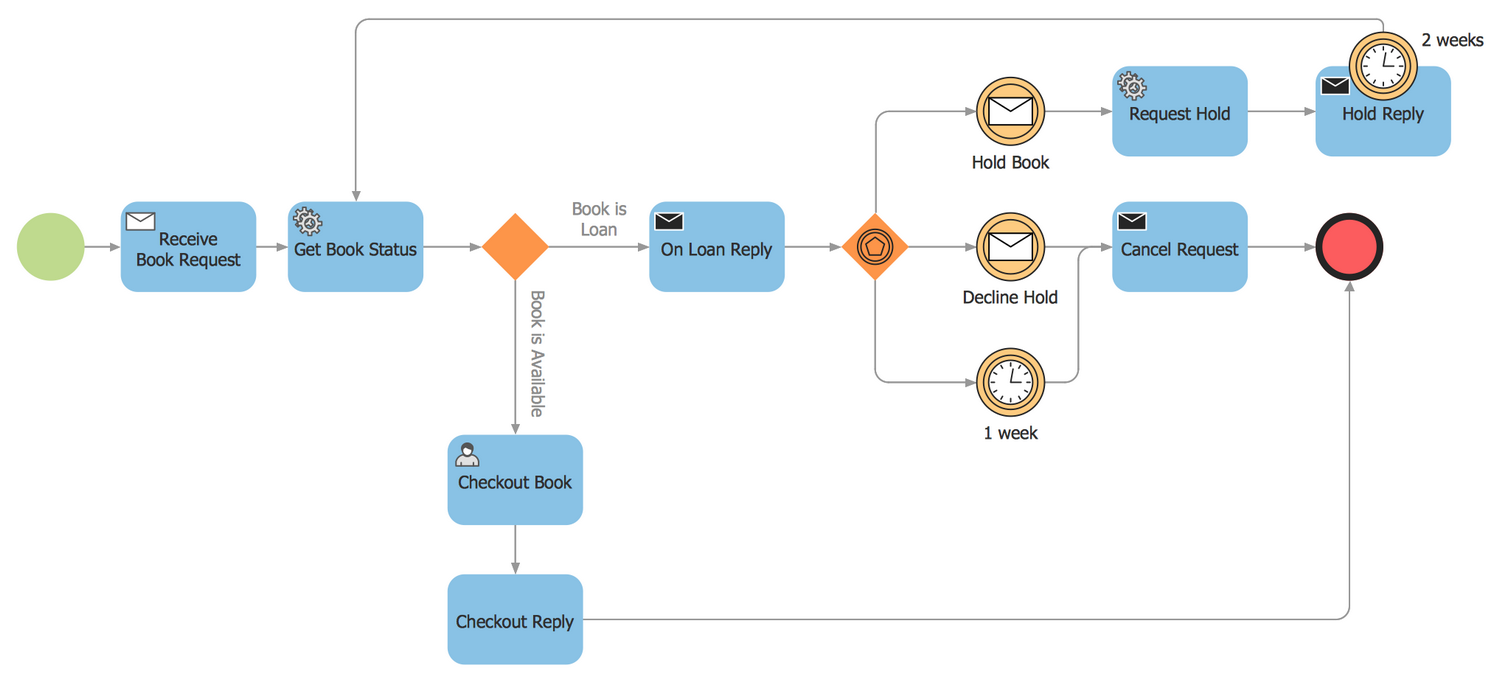
In the image below, for example, the problem is that 12% of the product fails inspection, and one of the potential causes of this related to the materials is that screws were worn.īy visually sorting possible defect causes, identifying cause and effect relationships, and determining which causes are having the greatest impact on the problem, the Fishbone Diagram enables people to address the problem rather than its symptoms. Using these as prompts to generate hypotheses for the root cause of a problem, you write the potential causes under each of these on the “ribs” of the fish. Here, the causes are categorized by the “5 M’s” in manufacturing: machine, method, material, man/mind power, and measurement/medium. The Fishbone Diagram is usually read from left to right and consists of bones, indicating possible causes of a problem, connected to a spine leading into the fish’s head, which symbolizes the defect or problem.įor example, in the diagram below, the shape of a fish’s skeleton is formed by possible causes, grouped by category, for a failed inspection. It aids people in identifying potential causes of a problem and is an especially helpful brainstorming tool when problem-solving is blocked and little quantitative data is available. In manufacturing, the Fishbone Diagram is an effective technique for causal analysis.

The Fishbone Diagram, also known as the Ishikawa Diagram, is a visual technique for problem-solving invented by Kaoru Ishikawa, a Japanese quality control expert.


 0 kommentar(er)
0 kommentar(er)
